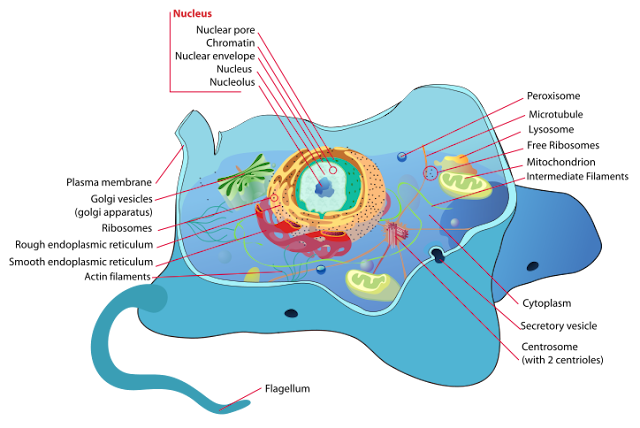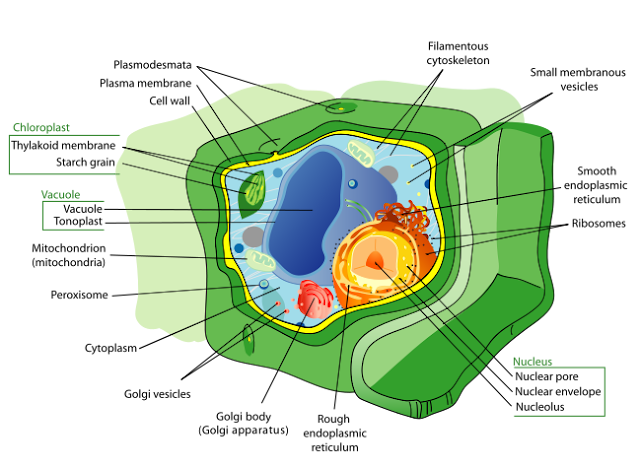Density of Organelle
- Density of organelle is refering to the abundance of certain organelles found in a cell.
- The density of an organelle in a cell is related to the specific function of the cell.
- Below are examples of high density of certain organelle and their reason.
Cell with high density of chloroplast.
Palisade mesophyll cell
Reason:To trap sunlight to synthesise carbohydrate during photosynthesis.
Cell with high density of mitochondria
Sperm cells
Reason: Need energy to move through the uterus towards the Fallopian tubes.
Muscle cells
Reason: Contraction of muscle during movement need a lot energy
Meristem Cells
Reason: Meristem cells in the plant shoots and roots are involved in cell division to produce new cells for growth. It needs a lot of energy for the activities.
Cell with high density of endoplasmic recticulum
Cells in salivary glandReason: Active in synthesing and secreting digestive enzyme
Pancreatic Cells
Reason: Active in synthesing and secreting hormone and enzyme









